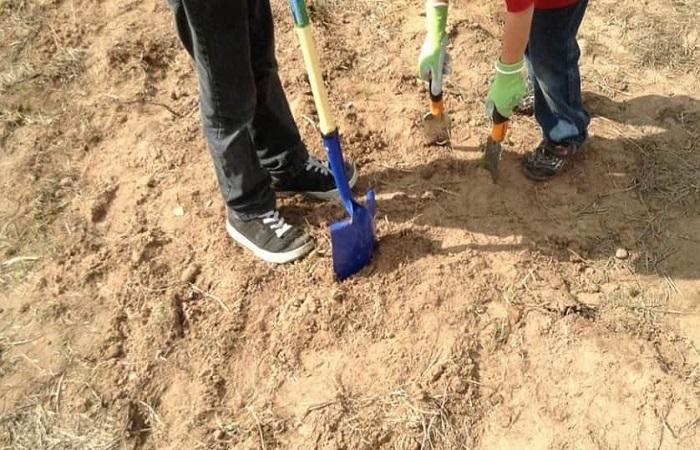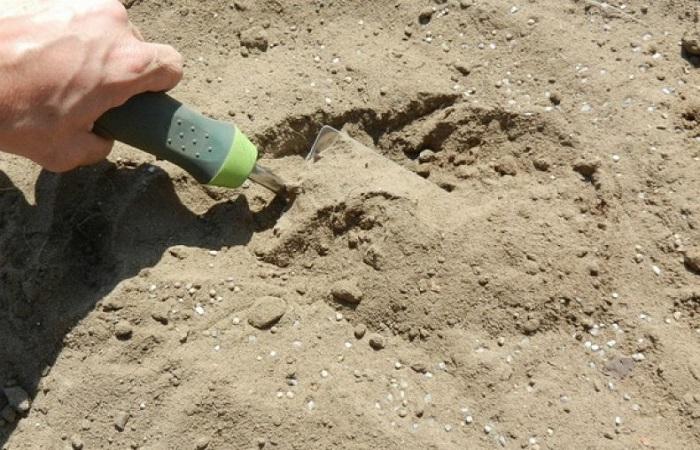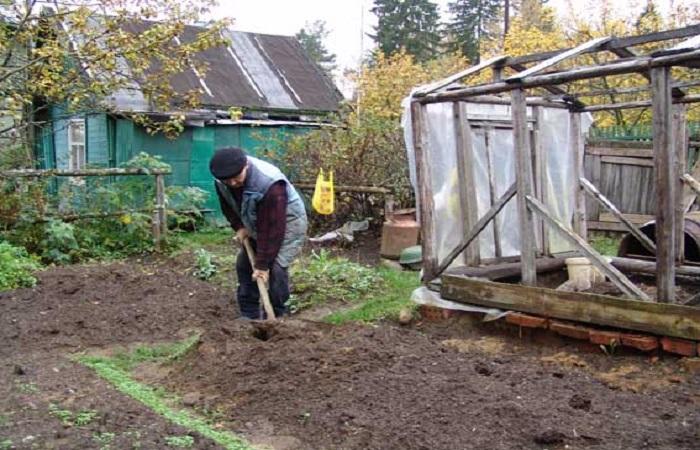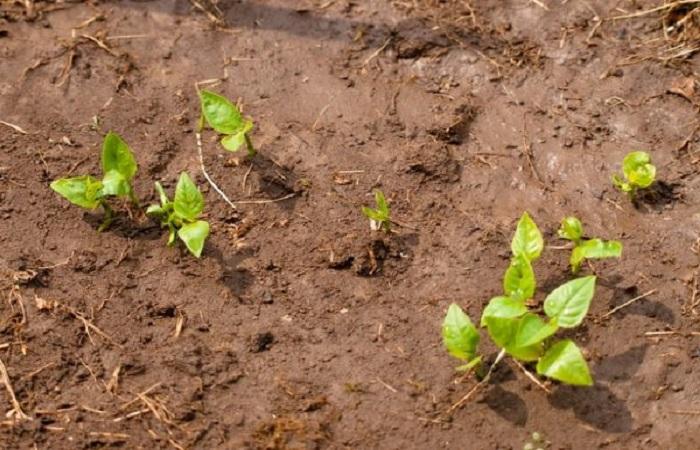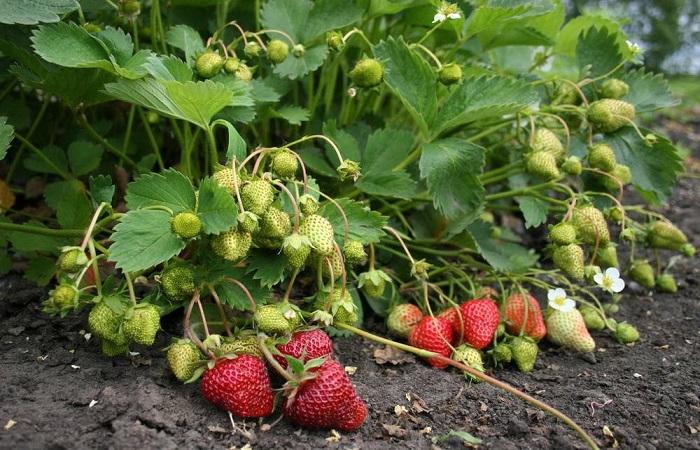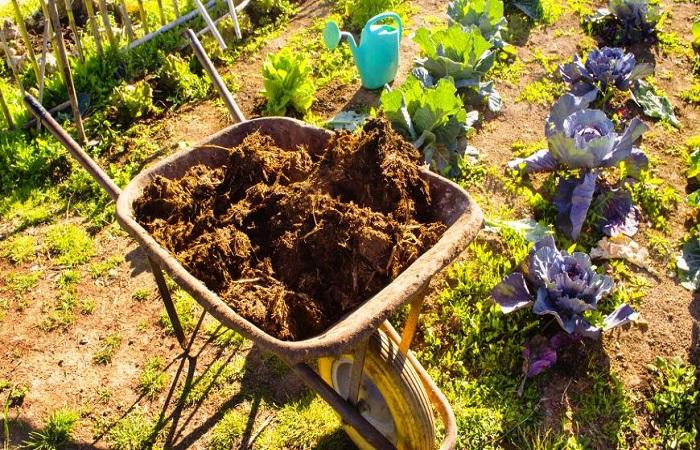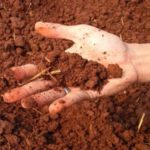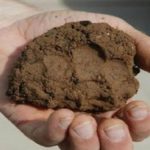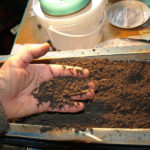Sandy soils are one of the main types of soil. They have certain characteristics and properties. The soils are used in agriculture for growing plants, although they are inferior in fertility to black soils. However, there are cultivated species that prefer to grow on sandy soils. Let's consider the characteristics of sandy soil, where it is widespread, advantages and disadvantages, classification. How the soil is used and how it can be improved.
What is sandy soil
Sand and clay form the basis of the mechanical composition of the soil, which determines their ratio. The more sand, the sandier the land. Sandy soils consist almost entirely of sand particles; sandy loams contain up to 80% sand. Sandy soil is loose, soft, and usually lighter in color than loamy soil. Refers to light varieties of soil.
Where are they located?
Soils with a high sand content are usually found near rivers, because sand is a product of rocks processed by water. Water crushes the rock into the smallest particles and rolls them around. Sand differs in particle size and is divided into coarse, medium and fine.
Soil characteristics
Sandy soil is typically dry and low in nutrients because water easily passes through it and washes elements into the lower layers. Such soil does not stick together and, under mechanical stress, easily crumbles and disintegrates. But in terms of air and moisture permeability, it ranks first among all possible ones.
Advantages and disadvantages
Sandy soils have both advantages and disadvantages. Their advantages include:
- rapid heating, this valuable property can be used when growing early crops;
- looseness - soft, loose soil does not prevent the roots from developing and penetrating deeper, which is why more nutrients reach the plants and they develop better;
- air capacity - sandy soil always has a lot of air, which is also consumed by plants;
- moisture retention - even in hot weather, under a dry top layer, sandy soil remains moist for some time, while clayey soil dries out, becomes compacted and cracks;
- easy to process, dig and loosen.
There are also disadvantages of soils with sand:
- cool quickly, sudden temperature changes are possible during the day, in the fall such soils become cold faster;
- dry out quickly; growing plants in hot climates requires increased watering;
- lack of structure;
- insufficient supply of nutrients;
- poor development of microflora, and, accordingly, slow accumulation of humus.
As you can see, sandy soils have characteristics that give them an advantage over other types of soil, but also greatly reduce their economic value.
Classification
Sandy soils are divided into classes according to several indicators, for example, by particle size, degree of moisture and density.
By particle size
In this case, the soil is divided according to its granulometric composition, which is determined by the percentage of grains of the same size. Sand can be gravelly, with particles whose size is 0.25-5.0 mm. Large has particles measuring 0.25-2.0 mm, medium grain size is 0.1-1.0 mm, small (silty) has grains less than 0.1 mm in diameter, the characteristics of such soil are similar to loamy soil.
The mass of characteristic particles as a percentage of the mass of dry soil: gravelly - more than 25, large and medium - more than 50 and fine - more than 75 percent.
By degree of humidity
Humidity is not a stable feature; it changes under the influence of weather, soil water level, mechanical composition, and plants that grow on the soil. The degree of humidity affects the expression of other morphological characteristics. So, wet soil has a darker color than dry soil. The level of humidity also affects the structure and composition of the soil.
You can determine humidity by the sensations it creates when touched: dry, dusty, no feeling of cold; damp seems cool, does not generate dust; wet to the touch, cold and wet, when dry it becomes lighter in color, and when compressed it retains its shape. Damp soil, when compressed, forms a dough-like mass from which water is released; When wet, it becomes fluid, and when the lump is compressed, water is released from it.
By density degree
Density is the main indicator that determines the strength and deformation properties of sandy soils. This indicator is influenced by the porosity coefficient, specific and conditional resistance during static and dynamic probing.
Where is it used?
In sandy soil or with a large amount of sand, cuttings take root well, and root crops give an excellent harvest, since the soft soil does not prevent the penetration of roots and the growth of root crops.
On a plot of sand you can plant ornamental flowers and coniferous plants, both shrubs and trees, vegetables and legumes, berry bushes, all types of cultivated plants that have branched and deep roots. These same plants not only feel good on sandy soil, but also strengthen it with their roots, making it denser and more stable. Grapes also grow well in sandy soil and are less susceptible to disease.
How to improve?
To improve the strength and other characteristics of sandy soils, clay is added to them, which should contain at least 30%. Adding clay will allow the sandy soil to crumble less and improve the retention of nutrients, which will make it more fertile.
A prerequisite for improving the land is the application of mineral and organic fertilizers. It is best to add fertilizers in the spring; when applied in the fall, most of them can be washed into the lower layers and become inaccessible to plants. Fresh manure and peat can be applied before winter. When fertilizing plants during the season, you need to dose and apply the mixture carefully; in sandy soil, contact with the roots occurs more easily, and concentrated fertilizer can burn the roots.
An excellent component for improving this type of soil is wood ash, which is a source of mineral elements and neutralizes the soil reaction. It is not necessary to dig up the ash; it is enough to scatter it evenly over the surface; melt water and rain will bring it to the desired depth, directly to the roots of the plants. You need to add organic matter, ash or mineral fertilizers every year.

